Cervical Spinal Stenosis
Cervical spinal stenosis, also called cervical stenosis, occurs when the spinal canal in the neck narrows, putting pressure on the spinal cord. This can be due to physical changes from disease or aging, or it can occur suddenly as a result of trauma.
SYMPTOMS
If the space within the spinal canal is reduced too much, neurological problems can result from spinal cord compression, a condition called myelopathy. This condition can result in a variety of serious symptoms anywhere in the body at or below the point of compression.
Early symptoms of cervical myelopathy include changes in coordination or fine motor skills of the arms, weakness or numbness in the arms or legs, and problems with balance. Cervical stenosis with myelopathy tends to worsen slowly, but there is some variation. Symptoms may remain stable for long periods or rapidly worsen.
If you experience any of the symptoms of cervical myelopathy, you should see a doctor as soon as possible. Without treatment, the spinal cord can become more compressed and more severe symptoms could result. Patients with severe compression can experience paralysis in one or more limbs, or bodily functions may shut down.
In rare cases, symptoms are mild enough that non-surgical treatments can be used to manage the condition. However, because of the risk of severe nerve damage, most surgeons will recommend an operation to relieve pressure on the spinal cord.
TREATMENTS
